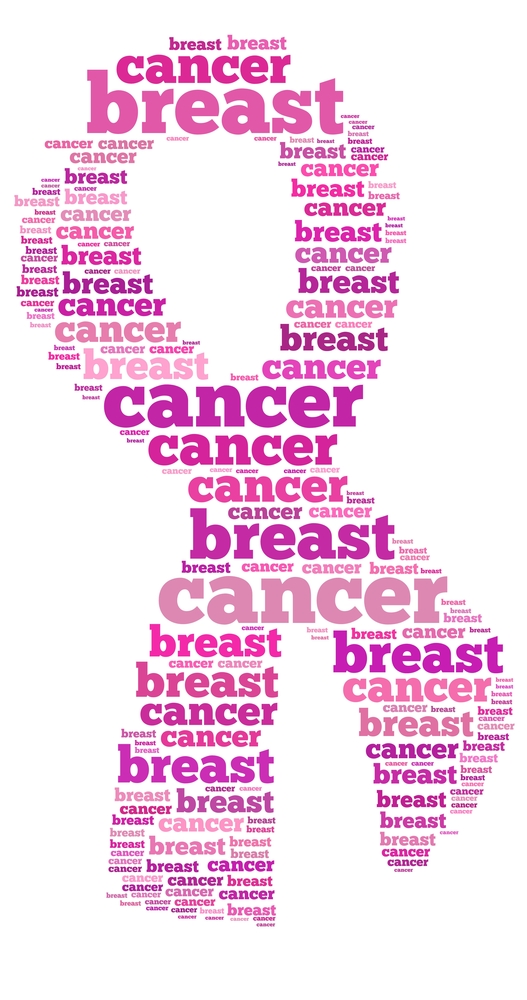A recent study showed that the most prominent effect of screening mammography when considering general US population is overdiagnosis, a side effect of screening for early forms of the disease. The study entitled “Breast Cancer Screening, Incidence, and Mortality Across US Counties” was published this July in JAMA Internal Medicine.
The main objective of screening mammography is to reduce breast cancer mortality by identifying and treating cancer in the early course of the disease. It seems obvious that if tumors are detected in an earlier stage the diagnosis of smaller and more treatable tumors should increase, while there would be a decrease in the diagnosis of larger and fewer treatable cancers.
There has been increasing concerns that screening for early forms of the disease may lead to overdiagnosis by identifying small, indolent, or regressive breast tumors that may not become clinically relevant.
The research team examined the associations between rates of modern screening mammography and the incidence of breast cancer, mortality from breast cancer and tumor size. This type of study was performed at the population level by comparing regions of the United States that have different rates of screening.
The team analysed 16 million women with 40 years or older living in 547 counties reporting to the Surveillance, Epidemiology, and End Results cancer registries during the year 2000. Within these women, 53207 were diagnosed with breast cancer and were followed-up during 10 years. Researchers then calculated the incidence and mortality for each county and adjusted the age to the US population.
The results demonstrated that along US counties, the level of screening mammography was associated with an increased occurrence of small cancers but not linked with decreased occurrence of larger tumours or significant differences in mortality. Additionally and importantly there were no supporting evidences for an increase in the number of breast-conserving surgical procedures replacing extensive mastectomies.
The researchers think that the balance between benefits and risks is probably to be most favourable when screening is directed to those at high risk as long as the screen procedure is not made too rarely or too frequently and, in some cases, is followed by attentive surveillance instead of immediate active therapy.
Overall, the authors concluded that their findings suggest widespread overdiagnosis. Moreover they also highlight that this is the right moment to start considering whether all women that performed screening mammography have the same risk of overdiagnosis or if this phenomenon is more prevalent in specific groups.

